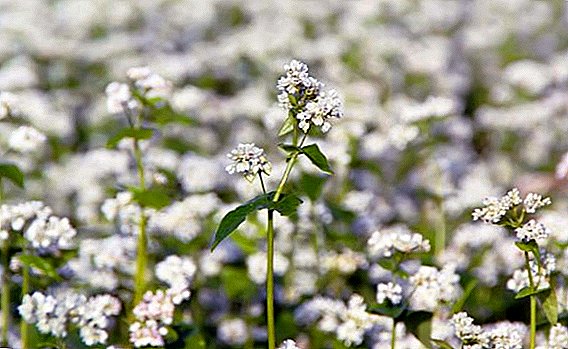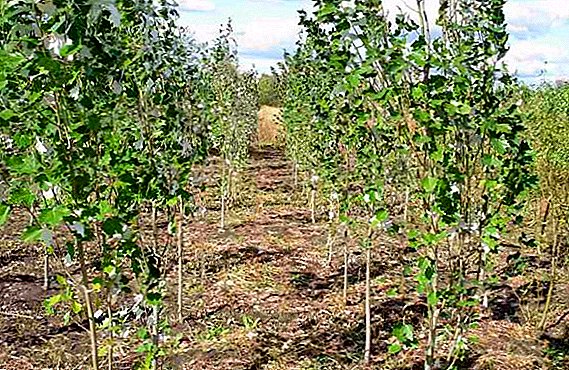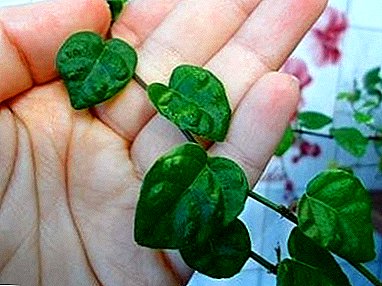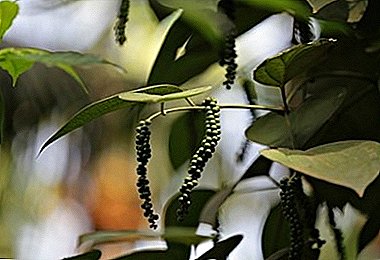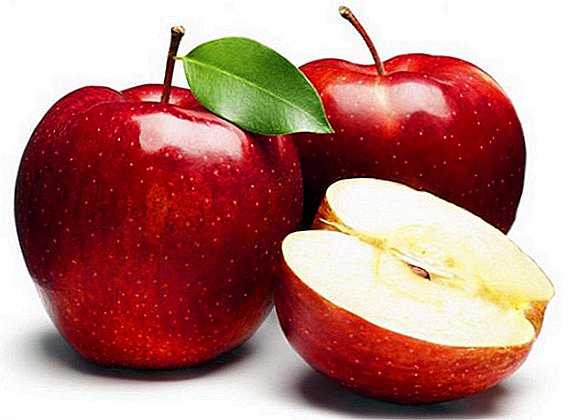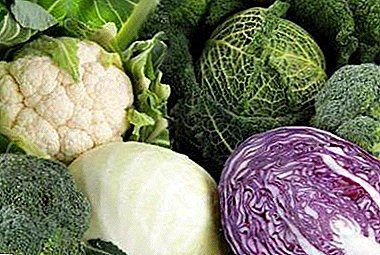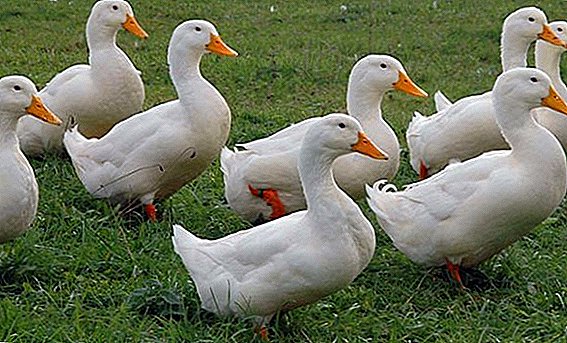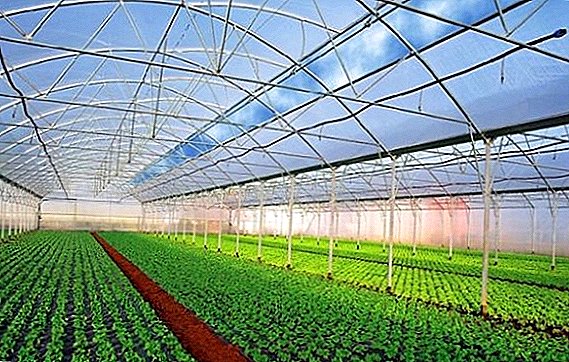 An industrial greenhouse is a so-called covered garden, i.e., a large building designed to provide the necessary conditions for growing plants.
An industrial greenhouse is a so-called covered garden, i.e., a large building designed to provide the necessary conditions for growing plants.
Purpose and features
They use industrial greenhouses in the farm for growing various crops and other similar products in the period when it cannot grow in fields or kitchen gardens. The area of such covered gardens often reaches 1000 m2, and the height is about 7 m.  Such dimensions determine the greenhouse technology. There are several factors that should be considered in the technology of building an industrial greenhouse structure, since they influence the final result of its operation:
Such dimensions determine the greenhouse technology. There are several factors that should be considered in the technology of building an industrial greenhouse structure, since they influence the final result of its operation:
- maintaining the required temperature in a large volume of the plant;
- using the right equipment to provide and control light and heating;
- preservation of the necessary parameters for work in the conditions of use of the base material from which the greenhouse will be made;
- cost optimization per unit of production.
Types of greenhouses
In order to establish an effective production of competitive products, which is significantly different from the usual dacha cultivation of plants in greenhouses, it is important to make the right choice of the type of greenhouse. Modern industrial indoor gardens can be divided into several types according to such criteria: mode of operation, shape and size, design, technology of growing plants, technical features.
Modern industrial indoor gardens can be divided into several types according to such criteria: mode of operation, shape and size, design, technology of growing plants, technical features.
Depending on the operation
Given the mode of use of the greenhouse, they are divided into two types:
- Seasonal - structures that operate from March until the end of autumn. Such a project is easier and less costly. However, in winter, the soil in seasonal greenhouses freezes, and as a result, it may become less fertile in a few years;
- Year-round - industrial facilities for growing plants, with which you can get a crop at any time of year. As a rule, a lot of money is required to build this type of greenhouses. However, a characteristic feature of year-round designs is their profitability and payback in a short period of time.
Important! The construction of a year-round greenhouse for extensive production also implies the availability of additional space for a large amount of equipment.
By size and shape
The process of building an industrial greenhouse implies a succession of stages in the development of construction: drawing up drawings, making a frame structure, working with land, building a foundation, covering, installing internal equipment. Since this is an industrial design, and not an ordinary summer cottage, for its construction, we need the help of professionals who will help develop a detailed project and draw up drawings. To begin the development of the project, it is necessary to determine the size and shape of the structure.
Since this is an industrial design, and not an ordinary summer cottage, for its construction, we need the help of professionals who will help develop a detailed project and draw up drawings. To begin the development of the project, it is necessary to determine the size and shape of the structure.
The size of industrial greenhouses is divided into small, medium and large, in general, the size depends on the scale of the planned production. Depending on the form, they are divided into:
- Straight lines Direct-shaped greenhouses are most often chosen for industrial purposes, since they are structurally simpler and more universal in terms of coverage.
- Arched. Such structures are also not uncommon, because they have excellent resistance to strong side winds, withstand a large amount of precipitation. By choosing this option, you can reduce the consumption of material for coating without reducing the area of the structure.
- Pointy. They differ from the arched pointed roof, which does not allow sediments to accumulate and does not prevent the penetration of sunlight.
- Dvukhskatnye. Not very popular among industrialists, since this type must withstand heavy loads, and this requires a more durable frame. This form is inferior arch in scale.



Important! There is a certain order of orientation of greenhouse structures relative to the cardinal points. For those buildings that are located to the north of 60 ° north latitude, the latitudinal orientation will be more effective, to the south - the meridional one.
By design
Coating plays a decisive role in the construction of an industrial greenhouse. Most often for such industrial structures use two types of coatings:
- Glass. Greenhouses made of glass are characterized by good light transmission, which has a positive effect on plants and, subsequently, on the crop. The advantages of glass over other materials used for greenhouse construction also lie in the good thermal insulation properties of this material and its relatively low price. However, glass has a number of significant drawbacks. The first is a heavy weight that not every frame can withstand. Inside glass constructions, the air heats up very quickly, which is an advantage only in winter, at any other time of the year such a property of glass is a drawback, since the result of overheating may be the loss of the crop partially or completely. Also, this material is difficult to impose on the frame of the pipes, therefore, making a coating of glass, it is worth calculating everything very carefully.
- Cellular polycarbonate. This is the most popular material, which is not strange, because polycarbonate production greenhouses have several advantages: excellent thermal insulation; small cost of maintaining the desired mode; dispersion of harmful ultraviolet rays to plants; durability of the structure; good fire safety (if you use glass, the frame is better to make of wood, which easily lights up); strength; low maintenance costs of the greenhouse; low weight, so that the speed of installation work is higher than with glass. Disadvantages: light transmittance - 85-90%, which is slightly lower than that of glass.


Did you know? The first facilities for covering and protecting the ground - the so-called greenhouses, which appeared in France in the 16th century, were made of glass, since glass at that time was the only available material that transmitted light.
By growing technology
- Soil (soil) / groundless. Soil mixtures are used in soil, taking into account the characteristics and needs of various plant species. Baseless differ in the use of hydroponic or aeroponic growing methods without soil mixtures.
- Rack / bestillazhnye. In the rack version of the culture grown on the shelves, equipped with boards. Another option - bestelazhny when plants are on the ground.
- Hydroponic / aeropic. Using hydroponic greenhouse technology, plants are cultivated in aqueous solutions of nutrient mixtures, which impregnate a special supporting substrate, which performs the functions of the soil. The aeronautical method does not provide for the use of any substrates. Instead, they use brackets with clips, where the plants are fixed.



Learn how to grow crops of strawberries, cucumbers, tomatoes, greens in hydroponics.
On technical grounds
- Breeding.
- Vegetable
- Combined.
- Flower.
Did you know? It is believed that greenhouses intended for growing flowers are paying off the fastest. After a year after construction, this farm is already working for profit.
Additional greenhouse equipment
Due to the fact that in the covered gardens, the plants do not feel any external influences (rain, air temperature) other than light, all conditions must be ensured with the help of special devices. For this purpose, special greenhouse equipment is used. It is better to buy it at the same time as materials for construction, since the installation of the necessary equipment and all communications takes place throughout the construction.
First, it is necessary to maintain a certain temperature regime in greenhouses. The solution to this problem is to install high-quality equipment for heating, as a rule, boilers with high efficiency. Heating can be air, gas or stove.  Secondly, everyone knows the fact that after reaching a room temperature of 40 ° C, the plants become sluggish and soon die. Therefore, in a covered garden should be a ventilation system that will not create sudden temperature changes. These are, first of all, vents and transoms located along the entire perimeter of the building. They must be installed in the upper part of the greenhouse, so that the cold air, getting inside, heats up a bit until it reaches the plants.
Secondly, everyone knows the fact that after reaching a room temperature of 40 ° C, the plants become sluggish and soon die. Therefore, in a covered garden should be a ventilation system that will not create sudden temperature changes. These are, first of all, vents and transoms located along the entire perimeter of the building. They must be installed in the upper part of the greenhouse, so that the cold air, getting inside, heats up a bit until it reaches the plants.  Thirdly, since the correct amount of water is one of the factors of a good harvest, it is necessary to install a system of watering plants, which should include automatic, subsurface and drip irrigation of the greenhouse. Must be provided for installation of the installation with pumps, which allows you to filter and save water and fertilizer. A drainage system is also required.
Thirdly, since the correct amount of water is one of the factors of a good harvest, it is necessary to install a system of watering plants, which should include automatic, subsurface and drip irrigation of the greenhouse. Must be provided for installation of the installation with pumps, which allows you to filter and save water and fertilizer. A drainage system is also required.  Equipment for industrial greenhouses should also include a light supply system, without which proper plant life is impossible. Those cultures, which are often grown in covered gardens, require high-quality lighting at least 9-10 hours per day. Reducing the length of daylight in the fall is bad for plants, so during this period artificial light is used more actively.
Equipment for industrial greenhouses should also include a light supply system, without which proper plant life is impossible. Those cultures, which are often grown in covered gardens, require high-quality lighting at least 9-10 hours per day. Reducing the length of daylight in the fall is bad for plants, so during this period artificial light is used more actively.
Lighting in industrial greenhouses include when plants lack natural light, thereby increasing daylight hours. As a rule, artificial light is established over young plants and is used in the evening, in the morning and in cloudy weather.  In choosing lamps for lighting an industrial indoor garden, it is necessary to consider for which plants it is intended. Experts usually recommend fluorescent, metal halide and sodium lamps.
In choosing lamps for lighting an industrial indoor garden, it is necessary to consider for which plants it is intended. Experts usually recommend fluorescent, metal halide and sodium lamps.
Building an industrial greenhouse is expensive and difficult. If, taking into account the desired result, to take into account all the important details and choose the right type, shape, material for the greenhouse, such a structure quickly pays off and contributes to profit. Today the most popular material used for the construction of industrial greenhouses - polycarbonate.
Familiarize yourself with the features of the use of reinforced film for greenhouses, why you need it and how to choose a shading net, the main types of greenhouse film.
However, the material for the greenhouse and the plants themselves - this is not all that is needed for the production to be effective. It is important to choose and install greenhouse equipment. It should include heating, lighting, ventilation, watering plants and water filtration.


